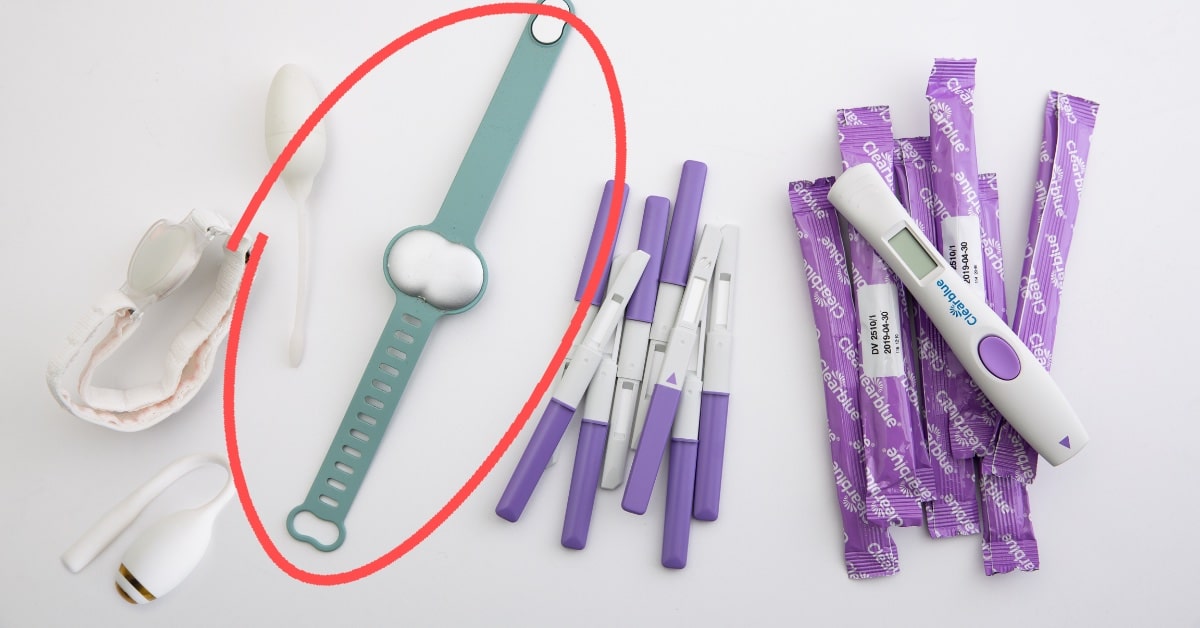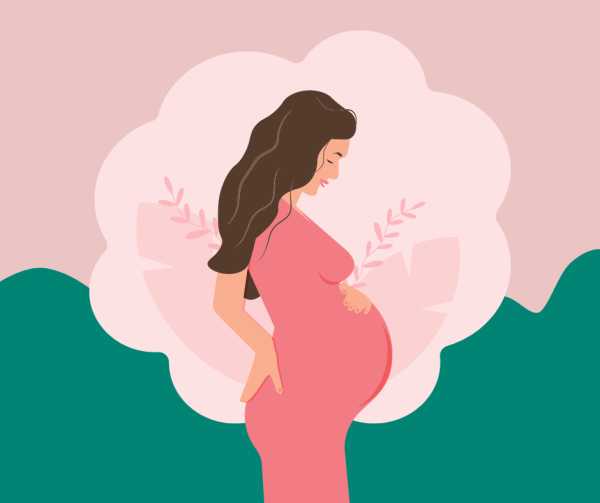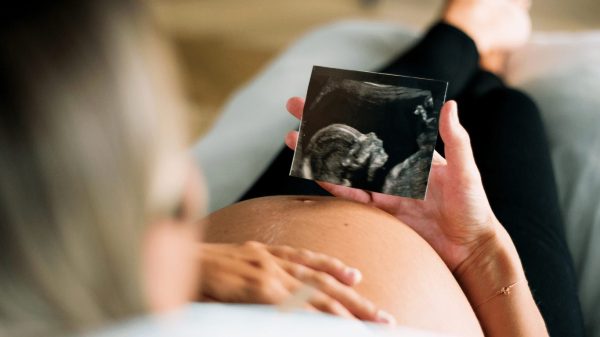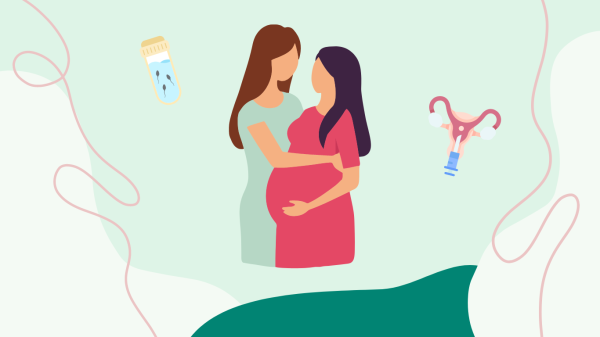At a glance
Ava
- The Ava fertility bracelet measures various physiologic parameters in the form of bracelet that is worn overnight
- Ava attempts to use data collected overnight, such as skin temperature, resting pulse rate, perfusion, and breath rate to predict the fertile window
- Ava records the temperature of the wrist every few minutes while the bracelet is worn continuously overnight
- Ava costs between $279-359, depending on if you choose the Basic, Plus, or Premium package.
- Ava does not work for women with PCOS or cycles outside of the 24-35 day range
- Ava’s temperature tracking is subject to disturbance by hand position (under blanket or outside of blanket) and by alcohol consumption.
kegg
- kegg is a fertility tracker that detects the changes in the cervical fluid to both predict in advance and show the user the full fertile window
- kegg is used for less than 2 minutes a day in a timeframe that is convenient for the user.
- Kegg’s predictive algorithm
- kegg provides fertile window predictions for cycle length averages between 21-40 days, however, women with cycles outside of this range can watch the kegg trendline to see their full fertile valley.
- With kegg, users can optimize their trying to conceive efforts by timing intercourse/insemination throughout the full fertile window
- Women with irregular cycles and PCOS have been successful with kegg
We frequently get asked about the key differences between kegg and Ava. While they both work to predict the fertile window, they do so using completely different parameters. kegg detects changes in the cervical fluid, while Ava is a wearable device that tracks various parameters to also predict fertile days.
About Ava
Ava is a wearable device that tracks multiple physiological parameters to recognize a woman’s most fertile days.
Ava measures:
The user wears the Ava sensor bracelet to bed overnight. In the morning, the user syncs the bracelet to the app and the app then displays your results. Ava’s algorithm predicts the 5 day fertile window based on the physiological parameters.
Ava measures:
- Skin Temperature
- Resting Pulse Rate
- Heart Rate Variability
- Perfusion
- Breathing Rate
The user wears the Ava sensor bracelet to bed overnight. In the morning, the user syncs the bracelet to the app and the app then displays your results. Ava’s algorithm predicts the 5 day fertile window based on the physiological parameters.
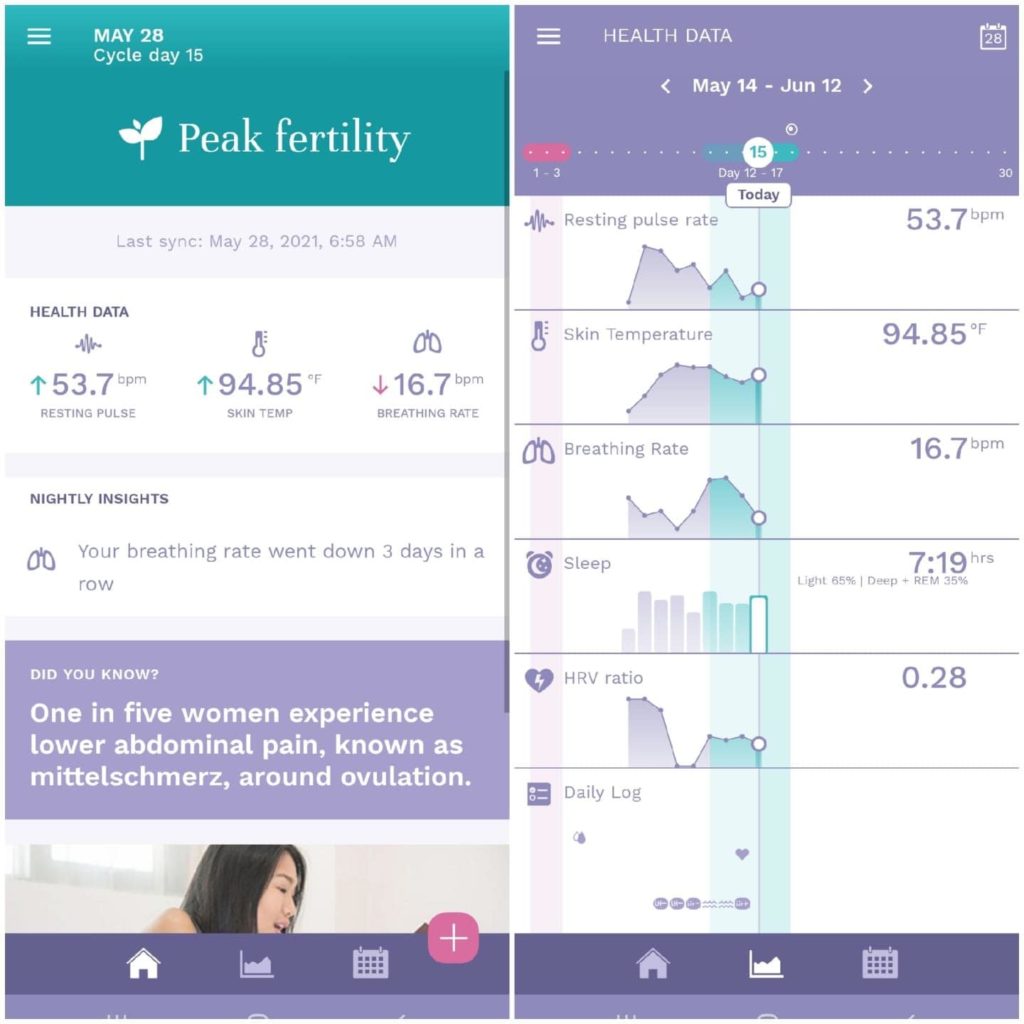
A kegg and Ava user shared “It wasn’t very accurate and very confusing with little detail or explanation. It took me about 5 months to figure it out. [It] took us 15 months to conceive and it does not accurately pinpoint ovulation. It just gives a checkmark to indicate that their algorithm has detected a biphasic [temperature] pattern. I wear a smartwatch all day and then have to strap on a fertility watch at night. It has definitely caused some irritation from constantly wearing a watch.”
Unfortunately, the measurements that Ava tracks fail to directly detect the fertile window. As a result, it relies heavily on past data to guide the user as to when the fertile window is taking place, and therefore requires the user to have regular cycles.
Unfortunately, the measurements that Ava tracks fail to directly detect the fertile window. As a result, it relies heavily on past data to guide the user as to when the fertile window is taking place, and therefore requires the user to have regular cycles.
About kegg
kegg detects the changes in the cervical fluid which shift with the hormonal changes of the cycle, allowing the user to see the full fertile window in real-time. In addition, kegg uses an intelligent algorithm to predict in advance when this fertile window will occur based on past trend data. Changes in the cervical fluid are the most accurate way to assess realtime fertility. kegg simplifies cervical mucus tracking with just one reading a day that takes about two minutes to complete. Additionally, kegg doubles as an optional kegel ball.
As the fertile window opens, the cervical fluid and vaginal environment become increasingly more hospitable to sperm due to the changing make-up of the cervical fluid. As a result, the kegg readings descend on the kegg chart, forming a valley throughout the fertile window. kegg’s algorithm detects these changes in the cervical fluid and uses the past trend data to predict in advance when the fertile window will likely occur in the next cycle, allowing the user to both plan in advance, and see in real-time when their fertile window is happening.
As the fertile window opens, the cervical fluid and vaginal environment become increasingly more hospitable to sperm due to the changing make-up of the cervical fluid. As a result, the kegg readings descend on the kegg chart, forming a valley throughout the fertile window. kegg’s algorithm detects these changes in the cervical fluid and uses the past trend data to predict in advance when the fertile window will likely occur in the next cycle, allowing the user to both plan in advance, and see in real-time when their fertile window is happening.
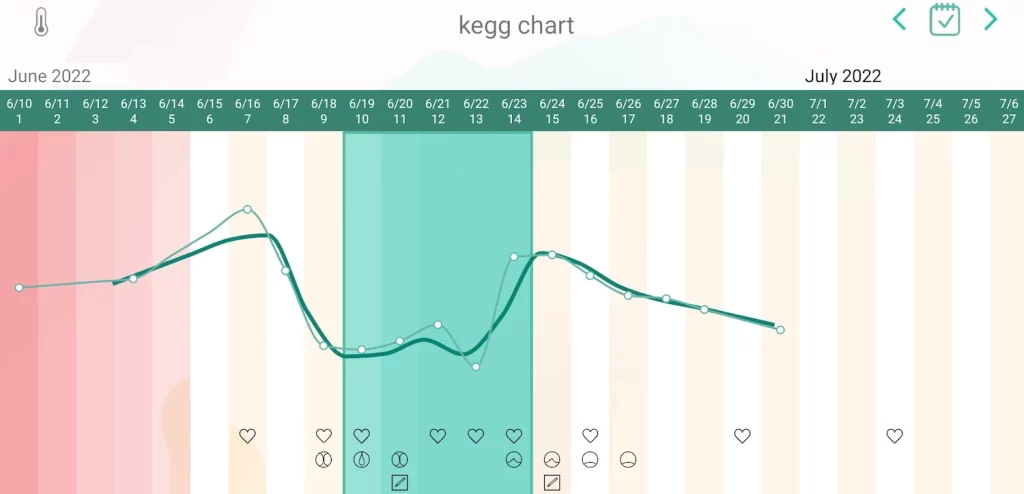
In addition, kegg fits conveniently into your routine. kegg can be used in a timeframe that fits into your schedule (and does not need to be used immediately upon waking or worn overnight). kegg is instead used for only about 2 minutes each day so it is not disruptive to sleep or timely to complete.
A kegg and Ava user shared “The portability [of kegg] is FANTASTIC considering I can charge it once a week vs ava daily. I have seen a definite pattern already with kegg and my temps and kegg lines up perfectly with my Fertility Friend app.”
A kegg and Ava user shared “The portability [of kegg] is FANTASTIC considering I can charge it once a week vs ava daily. I have seen a definite pattern already with kegg and my temps and kegg lines up perfectly with my Fertility Friend app.”
Ava Basic
kegg
Does not include pregnancy guarantee
Includes pregnancy guarantee
Requires charging daily
User can take multiple readings before needing to charge
Must be worn continuously overnight
Used for 2 minutes a day at a time that is convenient for the user
Tracks numerous physiological parameters, but does not directly detect fertile window by tracking cervical fluid, and therefore relies heavily on cycle lengths to formulate predictions
Tracks cervical fluid, allowing the user to see the fertile window occur in real-time and with advance prediction
Does not work for women with PCOS and cycle lengths outside of a 24-35 day range
Provides a fertile window prediction for cycles 21-40 days in length. Users with PCOS and cycles outside of this range can track their fertile window by watching their trendline to see the fertile valley

